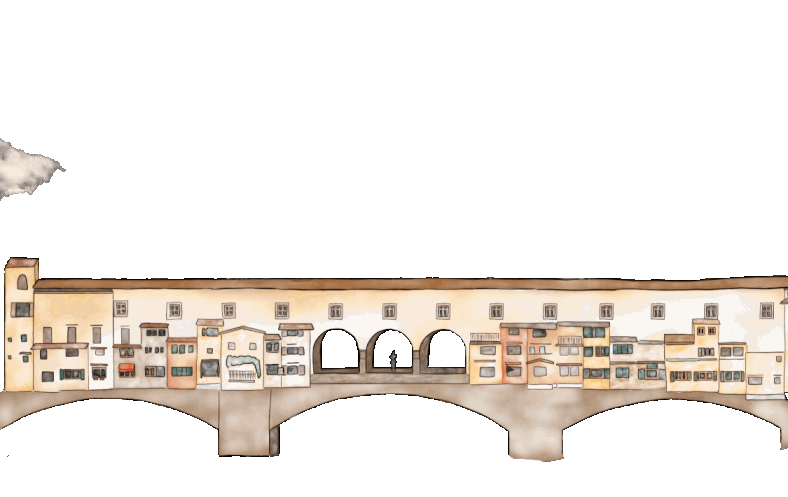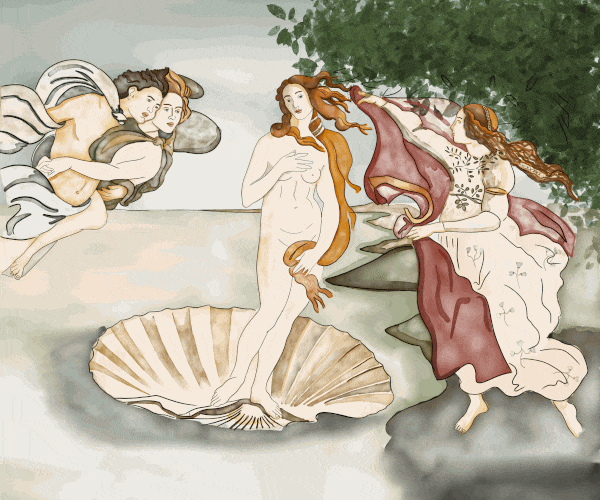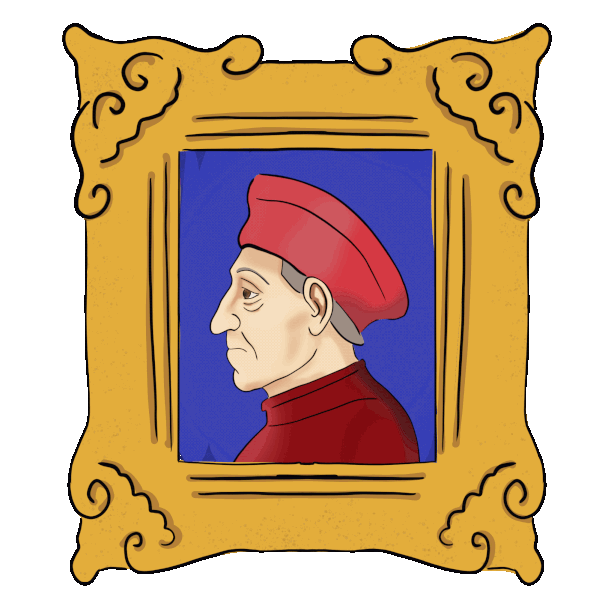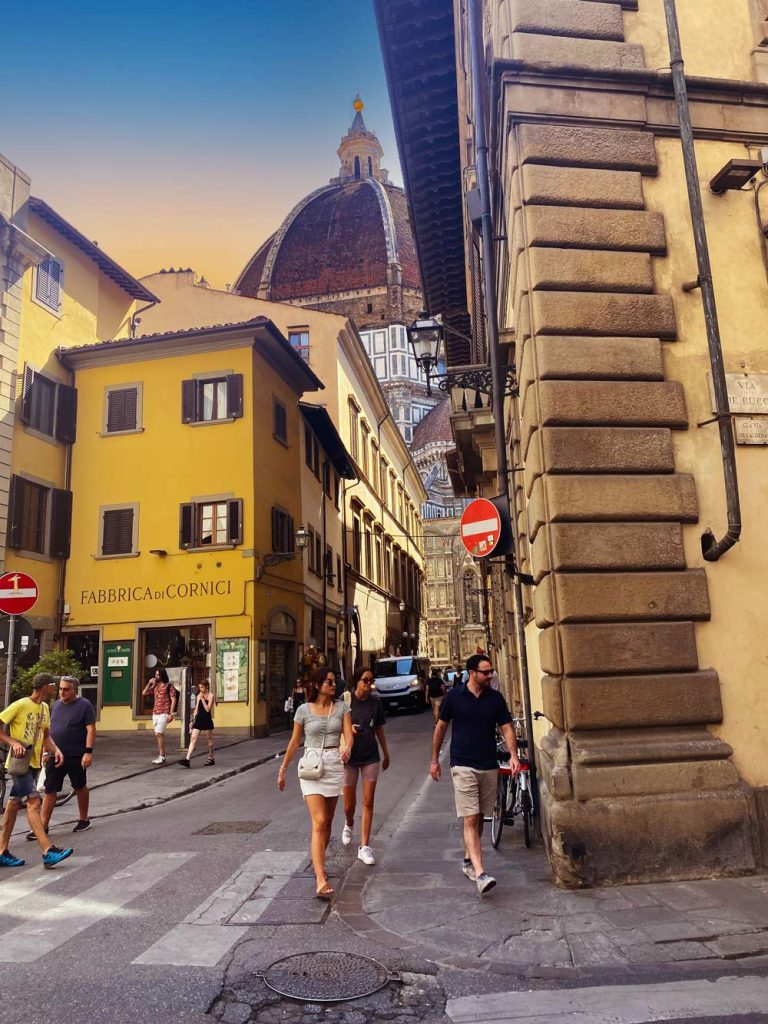History of Florence
Florence is a beautiful, historically significant city in Europe, founded as early as 1st century BCE. It is now famous across the world for its culture, Renaissance art, architecture, and monuments.
Scroll down to see how Florence has changed through the ages.

Even though Florence is famous for its medieval architecture and history, it originated as a Roman city established by Julius Ceasar. At the time, it was called Fluentia, as the settlement was built between the confluence of two rivers. However, Florence would later come to be known as, Florentia, meaning "flowering".
In the early years, the city experienced difficult periods of warfare between the Ostrogoths and the Byzantines, which caused the population to plummet to as little 1,000 people.

In 1000 AD, the Margrave of Tuscany (one step down in importance from a medieval Duke), chose Florence as his residence over the city of Lucca (the second largest city in Tuscany) giving the city greater importance and thus beginning the Golden Age of Florentine art.
Florence was a city-state and its primary resource was the river Arno, which provided access to the Mediterranean trade routes. The community of Florence was also an extremely industrious trader community and Florence slowly began to be recognised for its impressive banking and financial innovations.

The black death reduced Florence's urban and rural population by half in and around 1325, leaving a population of just over 200,000 people. At the same time, the wealthy Albizzi family, sworn enemies of the Medicis, gained rule over the city.
By the 15th century, Florence had become one of the largest and most important cities in Europe.
The first of the famous Medici family to rule over the city was Cosimo de' Medici. Although the city considered itself democratic, the main power ran through a network of patronage and allegiances to wealthy, immigrant families. Cosimo's grandson, Lorenzo became famous for his patronage of the arts and commissioned works by great artists such as; Michelangelo, Leonardo da Vinci, and Botticelli. He would later become known to the city's inhabitants as "Lorenzo the Magnificent".
Due to a humiliating defeat in Pisa, the Medici's lost their rule over the city in 1494. In the early 1500s, Niccolò Machiavelli ruled the city for a time and his reign is often cited as a legitimisation for malpractice and corruption in politics due to his success and policies during his time in power.

In 1512, the Medici family once again gained control over Florence led by Giovanni and Giulio de' Medici, both of whom became popes later in life and were generous patrons of the arts. However, their reign came at a time of great upheaval in Florence and the Medici family were once again driven out of the city, before returning one more time, backed by Roman troops and the new Pope Clement VII's blessing aka Giulio de Medici.
Pope Clement appointed Alessandro de Medici the Duke of the Florentine Republic. However, by 1737 the Medicis were extinct and Francis Stephen, Duke of Lorraine became the husband of Maria Theresa of Austria which led to the Tuscan region coming under temporary rule of the Austrian Crown.

During WWII, Florence suffered a year of German occupation. As the British army closed in, the German army moved to destroy all the bridges along the River Arno, however, Charles Steinhauslin, consul to 26 countries in Florence, managed to convince a German General to spare Ponte Vecchio Bridge due to its vast historical value. However, this meant an equally historic area south of the bridge being destroyed by mines in order to both secure Florence from the British and save the bridge.
Florence was eventually liberated by the British troops and partisans from the Tuscan Committee of National Liberation (CTLN).
Today Florence has a population of approx. 350,000 people with tourism being its most important industry, valued at €2.5 billion annually. In 2013, Condé Nast Traveler listed it as the second-best city in the world. Food and wine are also important economic resources for Florence, with the Chianti region, just south of the city, celebrated globally for its famous wine production.